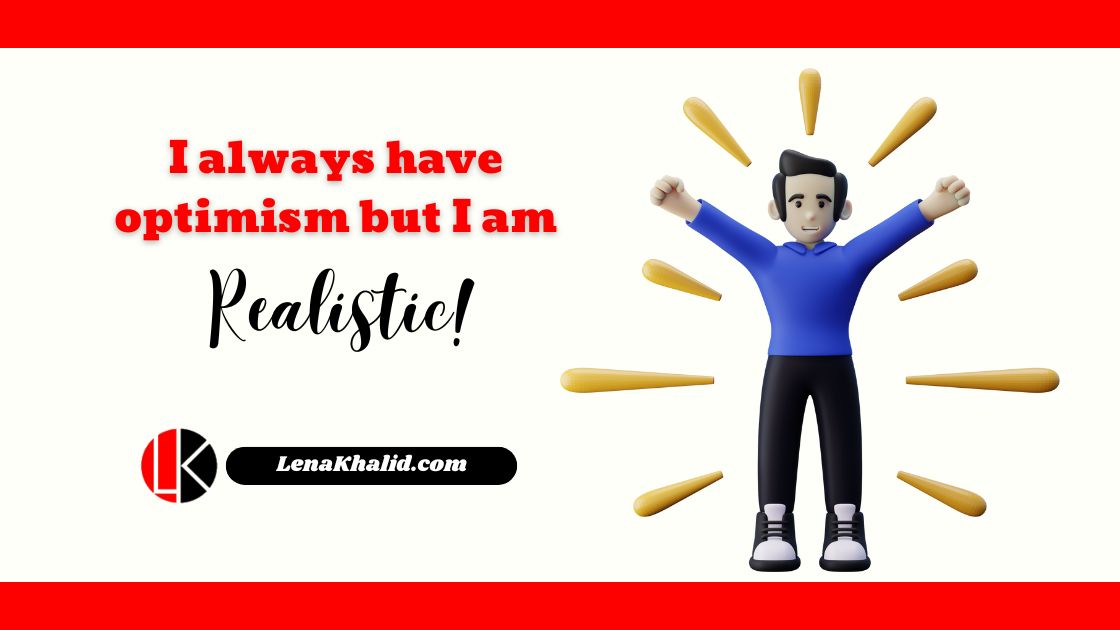
It’s Okay to Have Both
To-do lists are tactical, calendars are strategic.
8 min read
Opinions expressed by Entrepreneur contributors are their own.
How do you keep your life organized?
For some people, such as entrepreneurs like Richard Branson, they prefer to do lists. Other entrepreneurs, like Kevin Kruse, fall more into the calendar camp. So, who’s right and who’s wrong?
Related: You’ll Accomplish More Without a To-Do List
The pros and cons of to-do lists.
“I have always lived my life by making lists,” writes Richard Branson. “These vary from lists of people to call, lists of ideas, lists of companies to set up, lists of people who can make things happen. I also have lists of topics to blog about, lists of tweets to send, and lists of upcoming plans. Each day I work through these lists. By ticking off each task, my ideas take shape and plans move forward.”
To-do lists can also help your brain:
- Studies show that students who write notes in class can help distill the information they hear and remember it better.
- To-do lists breakdown abstract goals into concrete actions.
- To-do lists create order in your life since you can take larger projects and break them into doable chunks.
- Helps you prioritize what needs to get done.
- Makes you accountable for your actions.
- Allows you to see which tasks can be delegated or outsourced.
- Relieves stress since you can see that you’re moving forward.
- Crossing off things on your lists feels so good that you’ll be intrinsically motivated to cross off more items.
At the same time, some believe that to do lists don’t work because:
- They don’t know how to prioritize items on their list.
- Lengthy lists can be overwhelming.
- Sometimes you feel you’re adding more to your lists then subtracting.
- It’s easy to confuse personal and professional tasks.
If you believe that to-do lists will work for you, here’s when you should put tasks on your to dos:
- You don’t have an exact date. Not all items have an arbitrary deadline. As such, you should place this on your list instead of cluttering your calendar.
- Micro activities. Don’t clog your calendar with tasks that will only take you a couple of minutes to complete. Reserve your calendar for tasks that take 15-minutes or more.
- Group you to-do list by project or category. There are times when our brains have to dump items into a list, such as when brainstorming content ideas for your blog.
Related: The Amazing Side Benefit of Writing a Daily To-Do List
The pros and cons of calendars
After interviewing more than 200 billionaires, Olympians, straight-A students and entrepreneurs, Kevin Kruse has come to the conclusion that successful individuals don’t use to do lists. Here’s what Kruse had to say in Forbes:
First, a to do list doesn’t account for time. When we have a long list of tasks, we tend to tackle those that can be completed quickly in a few minutes, leaving the longer items left undone. Research from the company iDoneThis indicates that 41 percent of all to do list items are never completed!
Second, a to do list doesn’t distinguish between urgent and important. Once again, our impulse is to fight the urgent and ignore the important. (Are you overdue for your next colonoscopy or mammogram?)
Third, to do lists contribute to stress. In what’s known in psychology as the Zeigarnik effect, unfinished tasks contribute to intrusive, uncontrolled thoughts. It’s no wonder we feel so overwhelmed in the day, but fight insomnia at night.
Daniel Markovitz also believes that to do-lists don’t work. As he explained in the Harvard Business Review, to do lists are “setting you up for failure and frustration” because:
- The paradox of choice. To do lists give us too many options, which can paralyze us. Calendars, on the other hand, force us to limit our choices which means we can make faster decisions.
- Heterogeneous complexity. When you have a list that contains both shorter and longer tasks, you’ll inevitably chose the shorter tasks.
- Heterogeneous priority. “When your list comprises items of varying priorities, you tend to take care of the ‘A’ priorities and let the ‘C’ priorities lie fallow…until it becomes an ‘A’ priority itself,” explains Markovitz.
- Lack of context. “To do lists don’t provide sufficient context for the tasks to help you determine what you should work on.”
- Lack of commitment devices. Finally, because they lack “commitment devices, to do lists don’t prevent you from selecting the most pleasant tasks over the most important and urgent tasks.
Because of these reasons, Markovitz suggests that you “live” in your calendar. “That means taking your tasks off the to do list, estimating how much time each of them will consume, and transferring them to your calendar.”
As Kayla Sloan wrote in a previous Calendar post, online calendars come with advantages like:
- Being able to access your calendar on multiple devices.
- Schedule meetings and appointments.
- Set reminders for appointments, meetings, and even tasks.
- Block time in your day so that you stay focused and committed to the task at hand.
- Create recurring events, like weekly team meeting.
I’d also add that by using my calendar I don’t over-commit. I consult my calendar before agreeing to taking-on any new tasks or meetings. Also, by putting my to do-lists into my calendar I can take into consideration the location, materials needed, and energy level in advance.
On the flip-side, Francisco Sáez, founder and CEO of FacileThings, argues that you shouldn’t use your calendar as a to do list for the following reasons:
- You don’t know exactly how long a task is going to take you to complete.
- It’s easy to get frustrated because you may not complete all of your tasks.
- You have to constantly update your calendar.
- Since your calendar often conveys a sense of urgency, it can stress you out.
- You don’t see how many tasks are left to complete, so you don’t see the light at the end of the tunnel.
- Because there’s always a deadline, you live in a permanent crisis.
- Finally, you don’t know whether you’ll be able to get to tasks on their scheduled blocks.
If you believe that the pros outweigh the cons, then here’s what you will want to add to your calendar.
- Appointments, meetings, and events.
- Time-dependent or event-dependent events.
- Blocks of extended time for high-focus activities, like writing.
- Postponements, such as not purchasing a new car until after your taxes have been paid.
Related: Own Your Time: 8 Essential Calendar Management Skills
The hybrid approach: It’s okay to have calendars and to-do lists.
While there are pros and cons to both, you don’t necessarily have to pick just one. That’s because there’s a huge difference between calendars and to do lists:
- The to do list is for tasks.
- The calendar is for events.
Think of it this way. Your to do lists ensure that you get all of your tasks and chores completed. While your calendar keeps you on-track and helps you get to where you need to be.
Generally, some feel that calendars aren’t the ideal for the to do lists because they’re time-centric. At the same time, to do lists don’t make for great calendars since you maybe haven’t added a component for time and feel like you can’t streamline your schedule at the same time.
Consider taking the middle ground. Use your calendar for time-or-date-dependent events. This could be meeting with a client or a reminder to take trash to the curb Friday night.
Your to do list could then be pared down to untimed actions. This could be something like making an appointment with a carpet cleaner. Doing so prevents your calendar from getting so full that you feel out-of-control.
So, what works best for you? Do you rely on lists or do you live by your calendar? Or, do you use both calendars and to do-lists?





